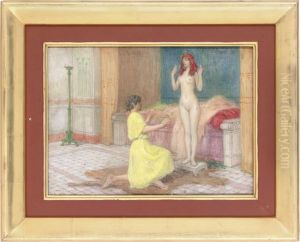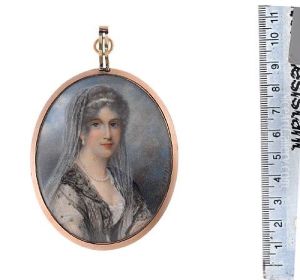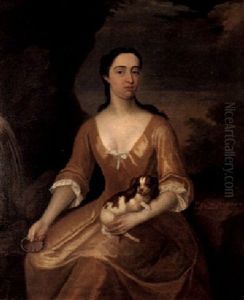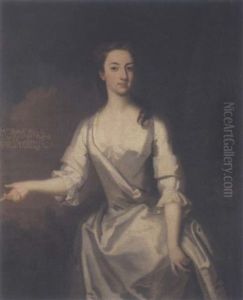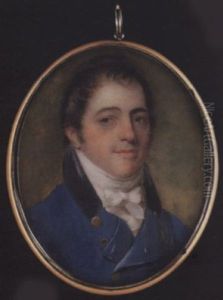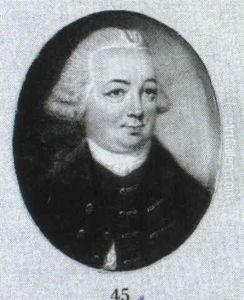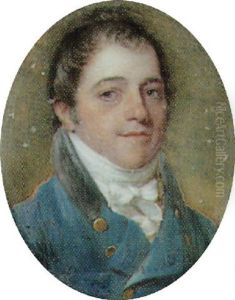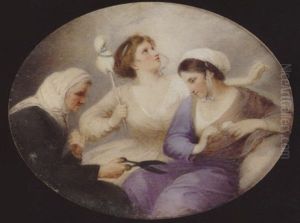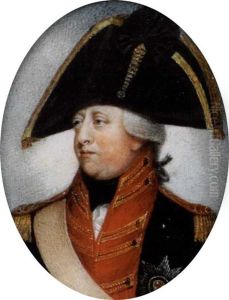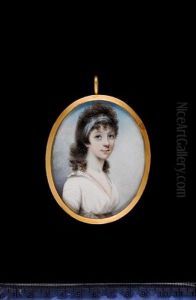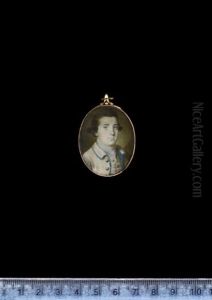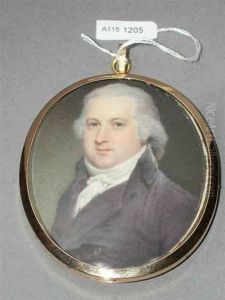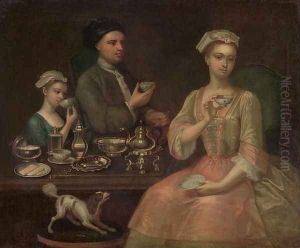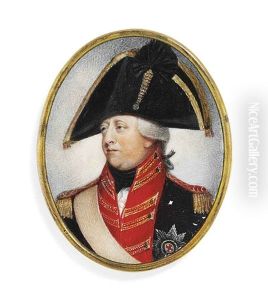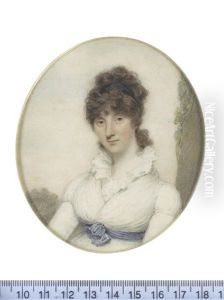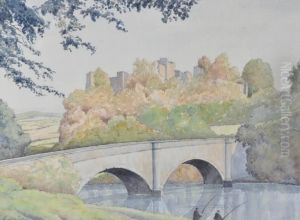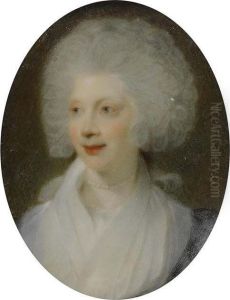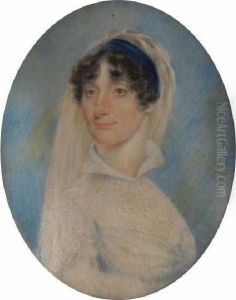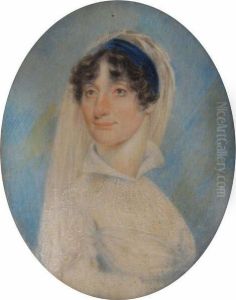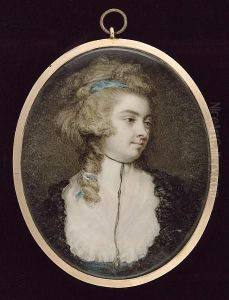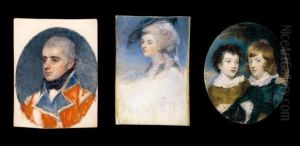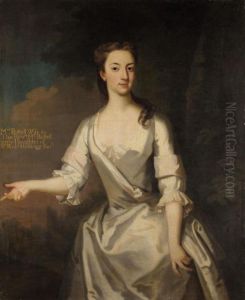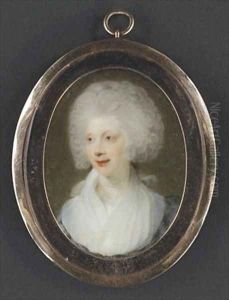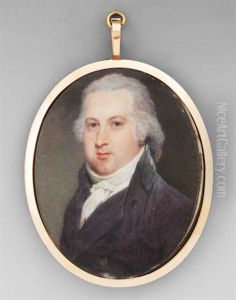Richard Collins Paintings
Richard Collins was an English painter who lived during the late 17th and early 18th centuries. Born in 1676, his life spanned a period of significant change in England, characterized by the end of the Stuart dynasty and the establishment of the Hanoverian succession following the Act of Settlement 1701. Collins is not widely known in the annals of art history, and as such, there is limited documentation on his life and works compared to his more famous contemporaries.
Collins's artistic endeavors are somewhat obscured by time, but he is known to have been active as a portrait painter. During his lifetime, portraiture was the dominant genre in British art, fueled by the demand of the burgeoning middle class and the continued patronage of the aristocracy. Collins would have been part of this milieu, capturing the likenesses of his subjects at a time when portraiture was transitioning from the Baroque grandeur of the 17th century towards the more relaxed and naturalistic styles that would emerge in the 18th century.
Unfortunately, due to the scarcity of records, the specifics of Richard Collins's training, his major works, and the extent of his influence are not well-documented. It is also unclear if he had any association with significant institutions of the time, such as the Worshipful Company of Painter-Stainers or any early incarnation of the Royal Academy, which was founded later in the century, in 1768. Despite this, it is reasonable to assume that Collins, like many artists of his time, would have honed his craft through an apprenticeship or as a journeyman working with established painters.
Richard Collins died in 1732. His legacy, somewhat eclipsed by more prominent figures of British portraiture such as Sir Godfrey Kneller, Sir Joshua Reynolds, and Thomas Gainsborough, remains a small, quiet part of the rich tapestry of English art history. The works attributed to him might only be known to a niche group of art historians and collectors who specialize in the period. While Collins's biography may not be as detailed or illustrious as those of his peers, his life's work contributes to our understanding of the broader context of English portraiture and the array of talents active during this formative period in British art.
